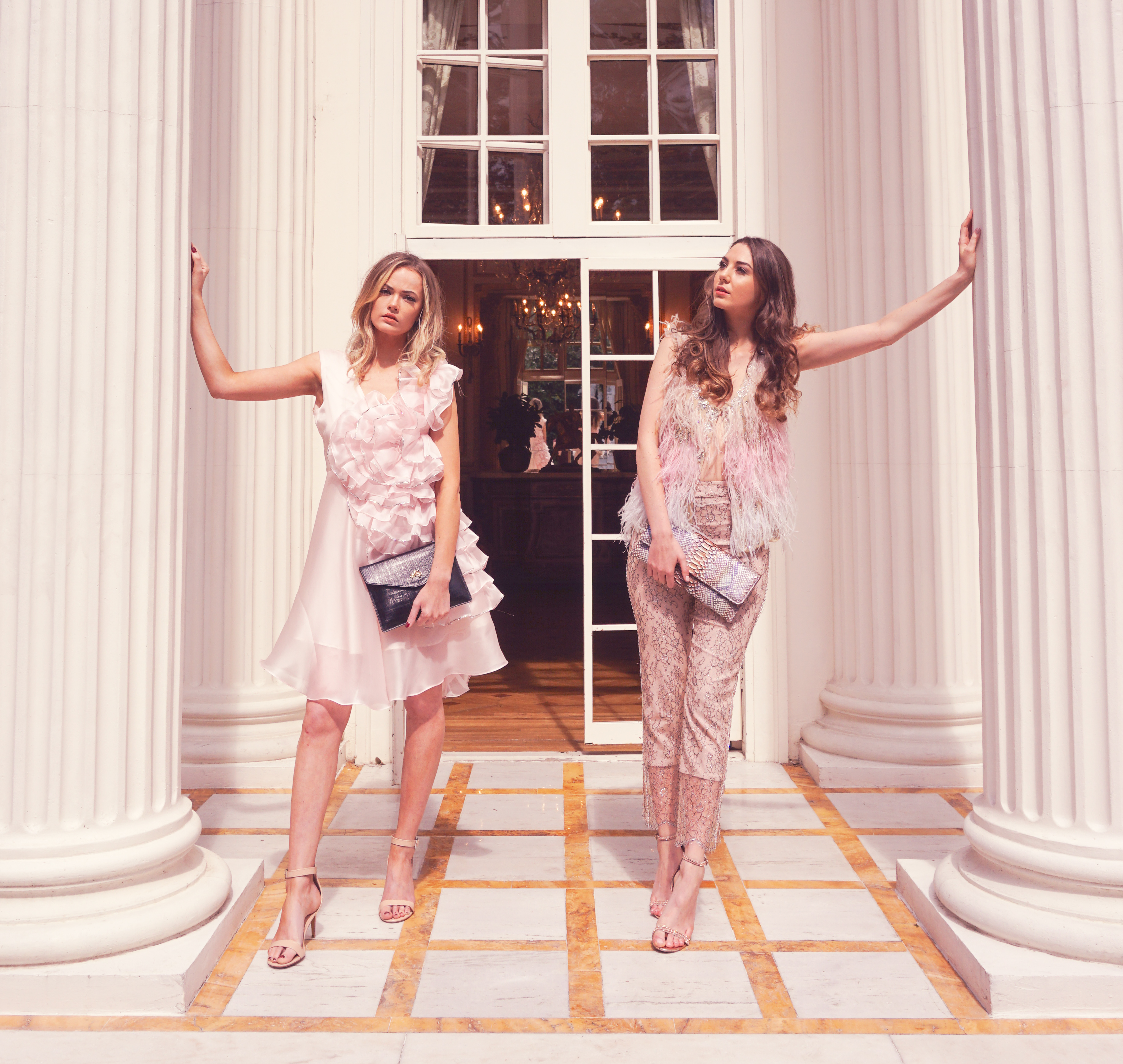A global industry which prides itself in making the world look good, has issues with feeling good.
Happiness is elusive to 300 plus million people who work directly in the fashion industry. Every sixth person in the world is related directly or indirectly to the fashion supply chain. That’s a huge number of people clamouring for a piece of the $977 billion ( size of the global fashion industry) or more if you add all aspects of the supply chain.
A study conducted by the US Center for Disease Control, which compared suicide rates among occupations, confirmed a strong correlation between working in the fashion industry and developing mental illnesses. The fashion industry ranked seventh higher than doctors, lawyers, and accountants.
“The likelihood of a mental health problem in the sector is three times that of the general population. The most commonly diagnosed disorders were anxiety (36%) and depression (32%). 60 % reported having had suicidal thoughts, 37% had made a plan for suicide and 16% had made a suicide attempt in their lifetime.
(A survey of Health and Wellbeing in the creative section by Ulster university. Gillian W Shorter, Siobhan M O’Neill and Lisa McElherron)
Burnout is one of the main reasons. The WHO definition of burnout applies specifically to “chronic workplace stress that has not been successfully managed,”
The fashion industry is characterized by the burnout culture. Karl Lagerfield, the late designer famously said “if you are not a good bullfighter, don’t enter the arena,”
“We need to cut the cycle. There is a lot of manipulation,” says Farah Liz Pallaro in her book, Fashion. Business. Spirituality. She speaks of how creativity can emerge “one is from balance and one is from trauma. The fashion machine always pushes the trauma”. Dr Carolyn Mair , founder of Psychology.fashion said that the fashion industry is a breeding ground for mental health problems because it’s so fast paced.
When Alexander McQueen was found dead in his Mayfair apartment in 2010 after taking a lethal cocktail of cocaine, sleeping pills and tranquilizers, it was a huge wake up call for the fashion industry.
More recently, on June 5, 2018, Kate Spade was found dead by her house-keeper. Her husband released a statement to the New York Times “Kate suffered from depression and anxiety for many years.”
The designer, Marc Jacobs has been to rehab twice, “I had been running around with models, stylists, fashion people, and I would spend nights drinking and partying.” John Galliano, admitted to downing bottles of vodka, taking pills and he began to experience black outs all to survive the environment in fashion.
Models such as Cara Delavigne and Adwoh Aboah have spoken openly about their depression and insecurity. Model Cameron Russel in her eye opening TED talk speaks eloquently about how of the 677 models hired on the international runway 657 were white, tall, skinny with, most of who were highly insecure and suffer from body image issues.
Neuroscience has studied depression and has identified environmental stress as one of the main factors in it’s ‘top down’ and ‘outside in’ approach for altering the neurochemistry of the brain as it consistently runs on the hormones of stress. “ You’ll become neurochemically attached to the condition in your life” says Dr Joe Dispenza in his book Breaking the Habit of being you.
Research has found that people who often feel rushed are more likely to experience lower levels of well-being on the happiness scales.
In the fashion business, being busy symbolises economic success. Research in 1999, Gleick cited time pressure and shortage of time as the reason for perceived decline in the quality of life, particularly family life. Which directly relates to happiness as outlined by the Harvard study of happiness which cites relationship as the key factor for manifesting longevity and happiness
Fashion professionals momentarily thrive in the fast paced environment of designing collections, meeting production targets, networking, partying, working 50 hours weeks ( as compared to a normal 35 hour week in other professions) travelling and meeting tight deadlines. All to stay relevant.
Add to this breathless mixture, the constant pursuit of looking like a model even as fashion professionals fall prey to comparing themselves to the models they style.
Internal pressures of designing the perfect ‘it ‘ bag which will generate revenue of millions, dressing the most instagrammable celebs,the glamour and glitz of producing the fashion show moment which goes viral, and the excitement of a successful collection keeps fashion professionals on a non-stop treadmill.
Interns and studio assistants emulate their seniors as they try to grasp the essence of the transient and fleeting nature of fashion and dream to be the next big ‘thing’.
No one pauses for a moment to breathe and think.
To think of their impact on the environment, or mental health and their bodies. Dana Thomas in her book Fashionopolis speaks about fast fashion as “a dirty, unscrupulous business that exploited humans and Earth alike”. With depleted karma and profit as its main objective, priorities in fashion need to be evaluated. Celine Seeman Vernon says we need Fashion Activism to be kind to the planet and people.
Wasn’t fashion meant to be a creative expression of the designer much like an artist or a composer?
Did we really need a Coronavirus as a global scare to create a sense of balance to ask these questions?
Do we really need fashion weeks?
Is the incessant travel really necessary?
Do we need to re-think our strategies and motivations?
How can companies incorporate workplace wellness?
Can mindfulness practices replace the dopamine release of drugs and alcohol?
Can happiness be a goal ?


